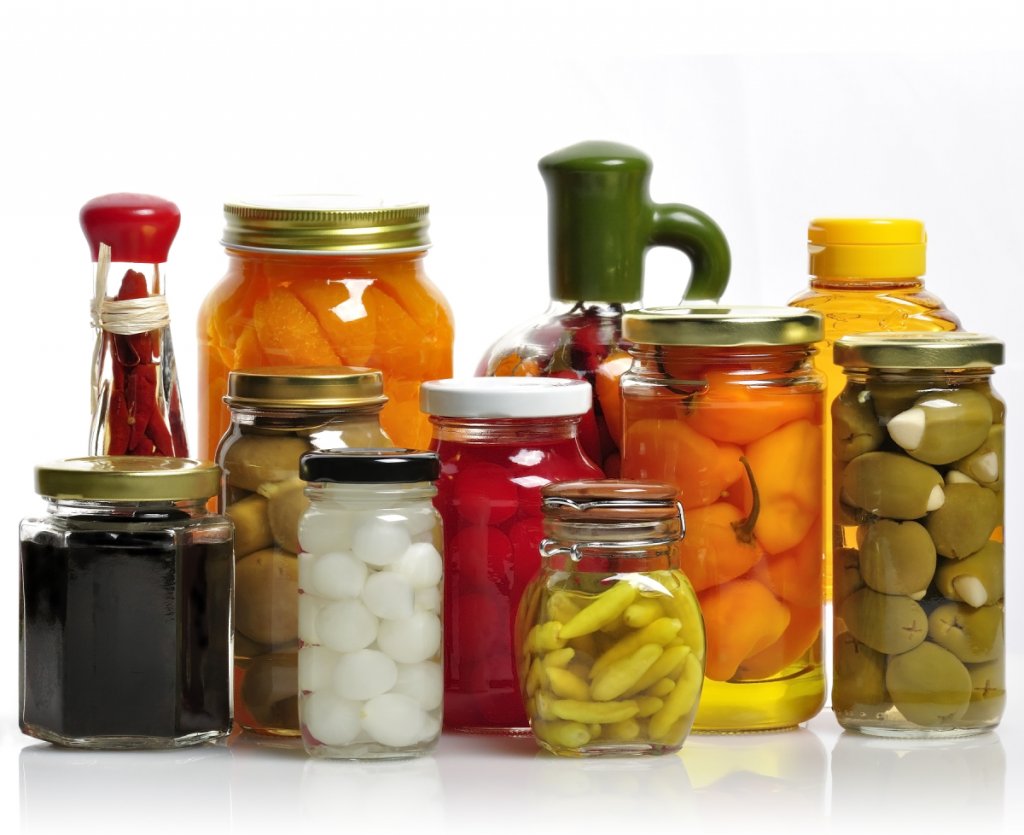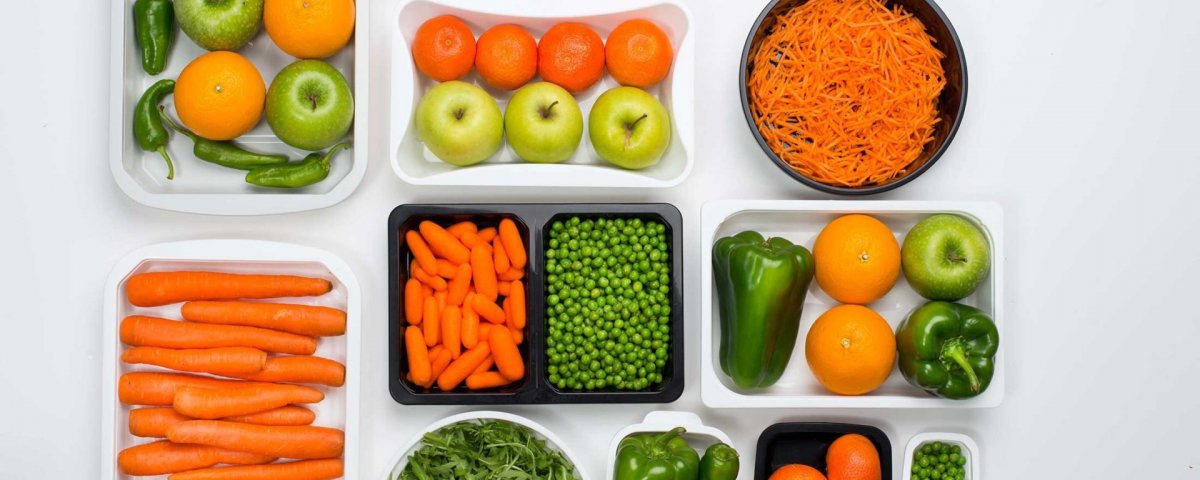Table 3 below summarises the values and distributions of different-sized enterprises for each material. The figures are based on information from Pira where this was available and supplemented for other sectors by information provided by European professional associations. It illustrates EU manufacturing sales per annum of different packaging materials, cutlery and FCM machinery and revenue share by the size of the enterprise. Small/SME shares may also include micro-enterprises. The EUR figure for rubber is a maximum estimate based on the value of the rubber industry. Little or no information was available for regenerated cellulose, ion-exchange resins, filler masterbatch, silicones, textiles, and waxes.
| Material | Million EUR | % EUR small enterprises | % EUR medium-sized enterprises | % EUR large enterprises | Source |
| Plastic | 30 029 | 26 | 41 | 33 | Pira 2013 |
| Paper | 26 713 | 30 | 35 | 35 | Pira 2013 |
| Glass | 20 000 | 13 | 19 | 68 | GAE/Pira2013 |
| Metals | 7 068 | 16 | 42 | 42 | Pira 2013 |
| Printing inks | 1 300 | 6 | 14 | 80 | EuPIA |
| Cork | 1 216 | 52 | 25 | 23 | Pira 2013 |
| Adhesives | 1 200 | 35 | 15 | 50 | FEICA |
| Ceramic & porcelain | 915 | 18 | 27 | 55 | Pira 2013 |
| Wood | 713 | 53 | 30 | 17 | Pira 2013 |
| Rubber | 500 | 35 | 15 | 50 | ETRMA |
| Varnishes & coatings | 400 | 5 | 0 | 95 | CEPE |
| Cutlery | 202 | 50 | 30 | 20 | Pira 2013 |
| General-purpose machinery | 11 134 | 24 | 33 | 43 | Pira 2013 |
| Special-purpose machinery | 12 572 | 27 | 32 | 41 | Pira 2013 |
Table 3: EU manufacturing sales per annum of different packaging materials, cutlery and FCM machinery and revenue share by size of enterprise. Small/SME shares may also include micro enterprises.
In the table, general-purpose machinery includes machinery for cleaning or drying bottles or other containers for filling, closing, sealing, capsuling or labelling bottles, cans, boxes, bags or other containers, machinery for aerating beverages and for packing or wrapping (excluding for filling, closing, sealing, capsuling or labelling bottles, cans, boxes, bags or other containers). Special-purpose machinery includes a wide range of non-domestic industrial machinery, including that used in the dairy industry such as homogenisers and cheese makers, in the milling industry (excluding farm machinery), bakery ovens, presses and crushes used in the beverage industry, brewing equipment, cookers, heaters and dryers, processing and preparation machinery and machinery used for the cleaning, sorting and extraction of food.
Whilst it is difficult to estimate with precision the overall value of the FCM industries in total, the figures above indicate that it is likely to be somewhere in the region of EUR 100 billion per annum. Whilst some of the information provided above may be an overestimation, for example, due to some double counting, some industries are not included as no data were available. Furthermore, it is possible that some of the estimations for major material packaging sectors do not include reusable domestic materials and articles, such as plastic, glass or metallised kitchenware and tableware.
Focusing on values, the data indicate that plastic has the highest share of manufacturer sales (EUR 30 billion), with paper and board having a similarly significant turnover (EUR 26 billion). The glass sector is also significant (EUR 7 or 20 billion according to either Pira or GAE). General- and special-purpose machinery are, according to Pira, also significant for FCM, and together may make up approximately one quarter (in the range of EUR 11 billion each) of the overall FCM market. Although considerably lower, metal and alloy packaging is relevant (EUR 7 billion). Sales for many of the other materials, such as ceramic, cork and wood, along with printing inks and adhesives, are in the EUR 1 billion range, with rubber, varnishes, and coatings estimated as being slightly less.
The sales of the different materials vary greatly from country to country, with Germany, France, and Italy often being the leaders for most of the materials. The United Kingdom, Spain, and Poland also present high sales for most of the materials. This confirms the conclusions reached from the Euromonitor data on the market leaders. The most notable deviations from this pattern are represented by sales of flexible paper packaging for Sweden and cork for Portugal (which represents over half of sales concentrated in only a handful of countries).
Table 3 also illustrates the breakdown of sales according to the size of the enterprises. The data were preferentially taken from Pira for 2013, but where these data did not exist the information was taken from the data provided by the European professional organisations, where this was given.
The market share of EU manufacturer sales for SMEs and large enterprises varies from material to material. For the two highest-value sectors, i.e. paper and plastic, the distribution of small, medium-sized and large enterprises in the market is comparable and relatively evenly split, with a slight predominance of sales from medium-sized enterprises for plastics. However, it should be noted that these figures relate to values rather than the number of enterprises, and information from CEPI indicates that only a handful of large enterprises exist (most members are SMEs). This is also demonstrated by ECMA members, for whom only 15 % of revenue is estimated to come from small enterprises although the majority of its members (70 %) are small enterprises.

For glass packaging, the market share of EU manufacturers’ sales seems to be in the hands of large enterprises, with around a two-thirds share. For metal packaging, large and medium-sized enterprises dominate, with around a 42 % share each. For general- and special-purpose machinery large and medium-sized enterprises also tend to dominate, although small enterprises still make up around one-quarter of sales. On the other hand, some markets are more strongly represented by small enterprises: for cork and wood, they represent at least 50 % of market sales, with up to 77 % and 83 % respectively for SMEs. Sales by large enterprises constitute only one-quarter of the market for cork FCMs and less than 20 % for wood packaging.
For some materials large manufacturers take up a significant proportion of sales, for example varnishes and coatings (95 %), printing inks (80 %), glass (68 %) and adhesives (50 %), whilst for others the proportion between small, medium-sized and large enterprises is relatively equally split, such as for paper and board and metals where, collectively, small and medium-sized enterprises make up a large proportion. In contrast with the distribution of the size of enterprises based on manufacturing sales, the landscape is different when looking at the numbers of enterprises of different sizes. In many cases, SMEs make up a significant proportion of the actual number of businesses. For example, for adhesives, most members of FEICA are micro-businesses (60 %), with another 36 % accounted for by SMEs and only 4 % by large enterprises. Similarly, only 10 % of EuPIA members are large enterprises, yet they make up around 80 % of the turnover. Around 80 % of Ceram-unie members are SMEs, yet according to Pira they represent less than 50 % of the sales for ceramic kitchenware, although this is still a significant proportion of the market.

